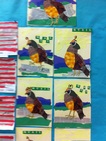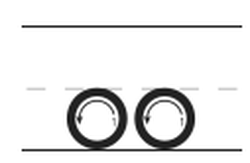
Our monthly Project Cornerstone lessons continued with the book "Say Something," by Peggy Moss. This story is told from the point of view of a student who witnesses teasing, put-downs, pushing, and excluding behaviors, but doesn't know what to do. At first, the student doesn't do anything, however as she gains more understanding and empathy she moves from bystander to Up-stander. We discussed the power to become upstanders by supporting and including everyone and helping everyone gain a sense of belonging and safety. The key is to say something or do something when someone needs help.




 RSS Feed
RSS Feed
